Camáns and cures
Johnny made magic sticks at Mount Congreve
Johnny Cahill was a master craftsman very much associated with Butlerstown teams during the thirties, forties, fifties, and sixties. Though he never fielded competitively with the club, players from numerous parishes bought their hurleys from a tree specialist who became synonymous with Mount Congreve estate, where he took up residence and employment.
Johnny had previously lived atop a hilly area of land between Lisnakill and Paulsmills; a place locals rightly or wrongly pronounce as ‘Achawadda’ (possibly a union of Achar meaning distance, and Fad for long).
My father, Mick, remembers the ruins of the family’s two-storey house beside what was known as Lukes’ Lane; the various layers of whitewash on the walls measuring an inch thick. There was a narrow lane into the dwelling at the old Lisnakill graveyard end, just wide enough for a horse & cart to traverse.
Johnny often got his raw material from the other direction; what with ash typically growing well near river banks and in wet woodlands, like the edges of the canal that ran through Paulsmills and Whitfield.
My uncle Sean O’Keeffe saw Johnny throw a big trunk of an ash tree up onto the ditch six foot above the road to haul it up across the fields to work on. He did so using a stile, a series of stepping stones set into the ditch, to get it up and over.
A good lump of ash, wide enough at the base, could make seven or eight nice sticks. My father remembers uprooting one and bringing it down on his bike to Johnny in Mount Congreve to make him a hurley. He was a genius at shaping them, and not just with ash.
Pakie O’Brien, who worked with him in on the estate, tells how “Johnny made a hurley from an elm tree for Mick Hayes one time: of such quality that Christy Ring, no less, asked Mick if he’d give it to him” – a request the Orchardstown All-Ireland winner “politely turned down.”
Johnny lived in a little lodge in the estate. After the death of John Congreve in 1957, his residence and its surrounds were extensively redeveloped by his son. This was unusual in that at the time many of the big Irish houses were being abandoned and the trees in their parks felled.
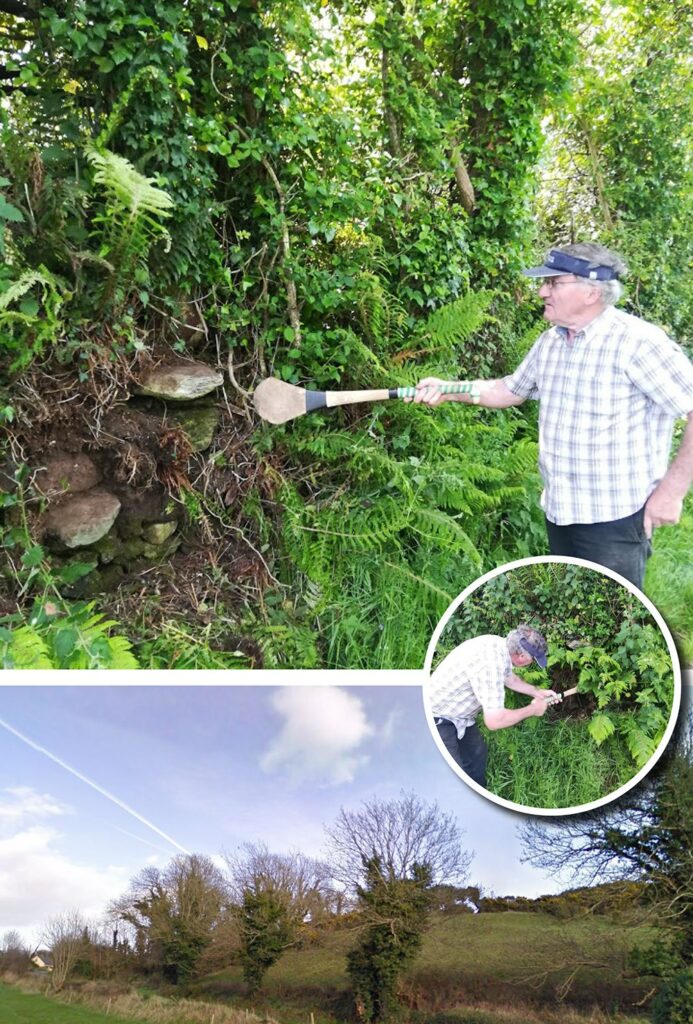
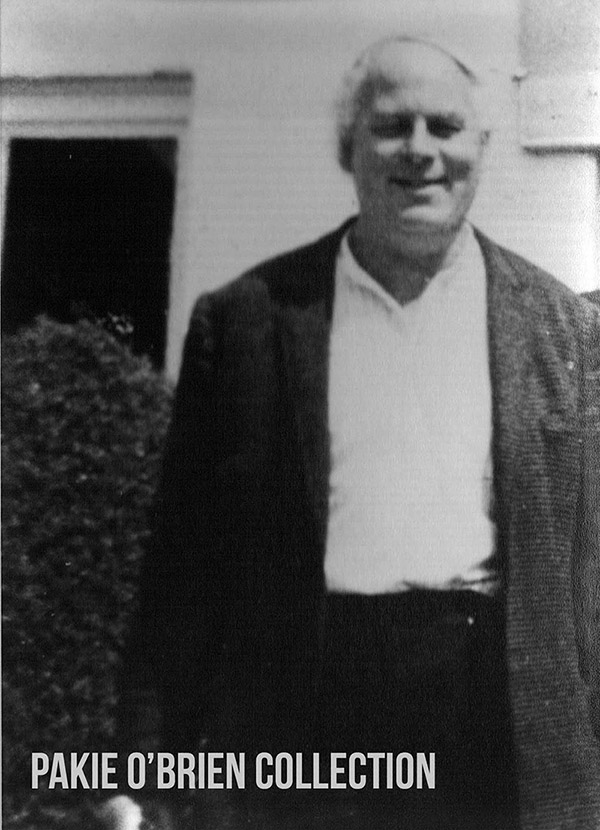
Mick O’Keeffe uncovers the old stile at Lisnakill used by Johnny Cahill (right) to bring lumps of ash up the hill to his old homeplace to make hurleys in the years before he moved to Mount Congreve. Boundary fences or ditches all over the countryside had stiles ingeniously built in long ago to allow humans pass easily from one holding to another; the stiles in this neck of the woods often used as shortcuts by lads who went cross-country to the pub at the Sweep, Kilmeaden via Powersknock.
Robert Power, who was also on the staff at Mt Congreve when it was a hive of activity back in the sixties – “a fabulous place” – says: “Teddy Barry’s father Mattie worked in the sawmills too. But if there was ever a dangerous tree to be knocked in those days, Johnny was the man. He would give a week digging around it, weakening all the roots, chopping them with an axe. He knew what way that tree was going to fall.
“The whole place was being redeveloped at that time. Money was no object. There were more than a hundred people employed on the estate. They used to blast their own stone in the quarry there as well. Two plumbers from Waterford, Jimmy Gyles and Dick Quinn, worked in Mount Congreve for years. ‘Fad’ Brown was always out there. A great friend of mine, Danny Wyse, the antique man, also worked there plastering.
“That’s when it was being completely revamped. There was millions spent on it, developing it for the future. Even at that time it was going to be left to the state when Ambrose Congreve (who died in 2011) passed on. Little did we think he’d live to 104.”
The owner had a soft spot for Johnny, a terrific storyteller who liked his Guinness. He would walk up along the train tracks from Mount Congreve to Kelly’s Bar on the edge of what was then Kilmeaden village, near the railway station; returning with a shopping bag of large bottles which he’d drink from a cup while he worked.
Mr Congreve usually turned a blind eye to his quenching, though, Robert recalls, “when Johnny don’t turn up for work one Monday, nursing a bit of a hangover, Mr Congreve wanted to throw out all his bottles. ‘You can throw me out sir, but you will not touch my bottles,’ he said.”
Johnny was also famously known for curing shingles – blessed with what was called “Cahills’ Blood”. He’d prick his finger and used his blood to make a circle around the affected area. Loads of people used call to be treated, amazed when their condition cleared up in a few days.
His own health sadly deteriorated in later years and Johnny died in St Otteran’s Hospital on October 24th 1985. He was buried back home in Butlerstown.

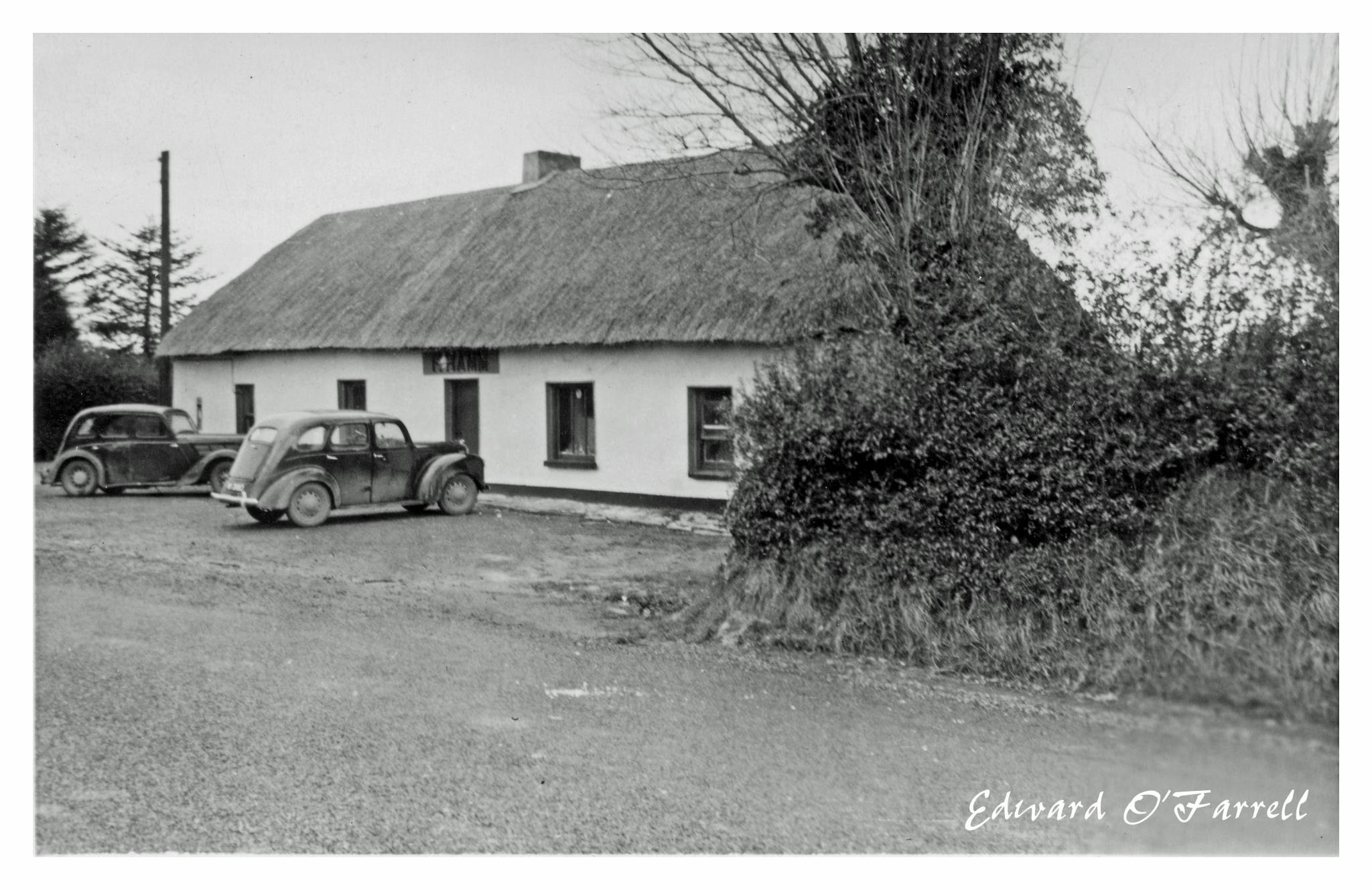
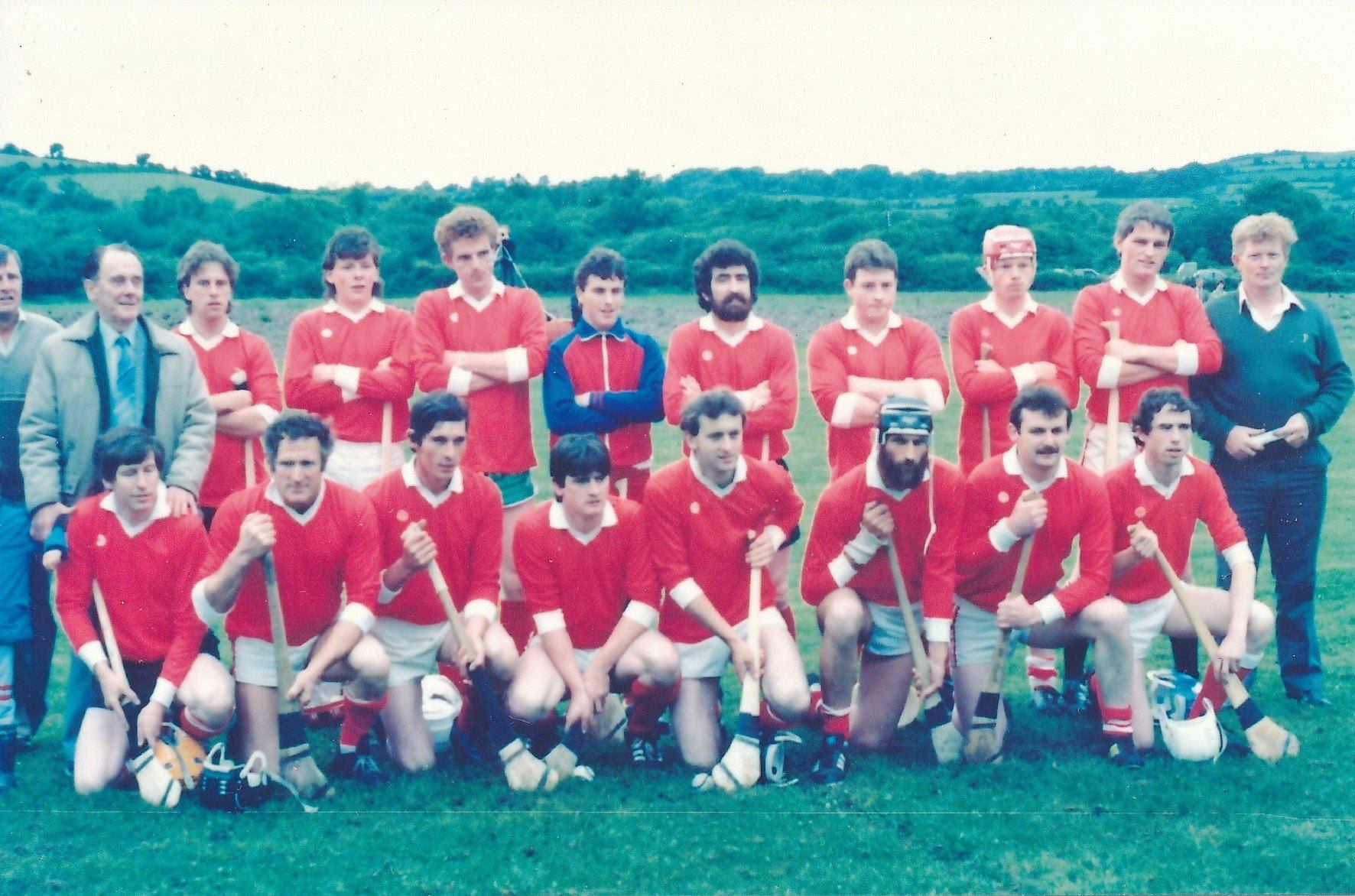

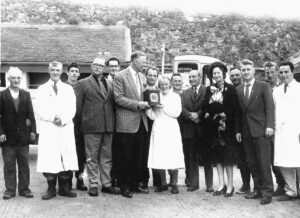


Post Comment